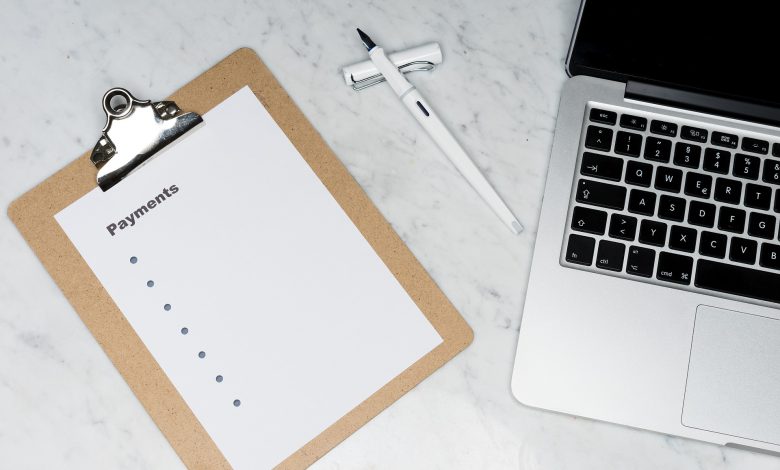How To Put Together Your Invoice Payment Terms

When putting together your new business, you have lots of different things that you need to think about it. When it comes to invoice payment terms, you’ll be tempted to just go with the industry standard, as that’s what’s always done. However, your terms will have an impact on your business and your cash flow. Here’s what you need to know about invoice payment terms, to help you put together invoices that work for you.
What’s Meant By ‘Invoice Payment Terms’?
Firstly, you need to understand what’s meant by invoice payment terms as a whole. They are the conditions that you set forth in an invoice, when you invoice them for the product or services you have sold them. These terms can encompass a lot of things, such as the payment due date, discounts for timely payment, and penalties and interest for late payments.
These should be included on every single invoice you sent, so your customers know exactly what you expect of them when it comes to payment.
How Invoice Payment Terms Affect Your Cash Flow
To succeed as a business, you have to of course have money coming in. Ideally, every time you invoice a customer they should be able to pay you right away. However, the invoice terms you give them can affect this, and so your cash flow.
The terms may change from customer to customer too, which affects it too. For example, if a customer buys $50,000 of stock from you, you’ll want to require them to pay within 90 days. The customer may ask for longer though, and you don’t want to lose their custom. They could pay on time, but they could also delay payment, which can seriously affect your cash flow. You could also see the customer default, meaning you’re very unlikely to see that cash at all.
Some businesses will decide to collect payment upfront, but that can get risky. You have the money right there, but then you need to be sure you can deliver on the goods or services that you’re providing. If you can’t, then you risk having to refund the client.
The Impact Of Payment Methods
The payment methods you accept will also impact your cash flow and invoice terms. On your invoice, you’ll need to stipulate which payment terms you’ll be able to accept. There will be expenses with most payment methods you accept, so you’ll need to find ones that work for you.
For example, there are credit card and PayPal payments. These can be more expensive to use in the short term, so some businesses decide not to use them. However, They are options that customers will often want from you, so not offering them may actually cost you some sales later down the line. If you offer them, customers will also be able to pay sooner.
The Invoice Payment Terms That You Can Use
Now that you know the common risks and issues with invoice payments, you’ll need to know which terms to use is yours. Here are some common terms that are often used in invoices, and what they’re useful for.
Payment upfront: Many businesses will collect some or all of the payment upfront, as that will reduce risk to them. This can be done in a couple of ways. You can ask for full payment upfront, or you can ask for a deposit. However, that will come with risk as you need to be sure you can deliver your end of the bargain, though.
Payment after delivery: This is invoicing in arrears, or after the customer has received the product. You can ask for payment to be due upon receipt, so the customer will need to pay when they receive the invoice. You can also offer net 10, 15, or 30 invoices. These come a few days before they’re due, and won’t need to be paid right away. Net 30 are usually standard.
If you want the customer to be able to pay in installments, you can use a Net 30/60/90 payment arrangement too.
Early payment discounts: You can offer discounts to customers if they pay their invoice before the due date. For example, you can offer 2/10 net 30. That means that the payment is due in 30 days, but the customer gets a 2% discount if they pay within 10 days. This speeds up payment, but you need to be sure you can afford the discount.
Interest, late fees, and penalties: On the other hand, you can require there to be penalties when a customer doesn’t pay on time. This needs to be spelled out clearly on your invoices, so customers know exactly what will happen when they’re late paying.
The way you build your invoices will depend on how you want to get paid. Use the terms that make the most sense for your business, and will help improve your cash flow.
Kendra Beckley is a business development manager, as well as an editor for Assignment writing services and Next Coursework. She works with companies to help them find new markets for their products. She also writes articles on various topics at PhD Kingdom.




